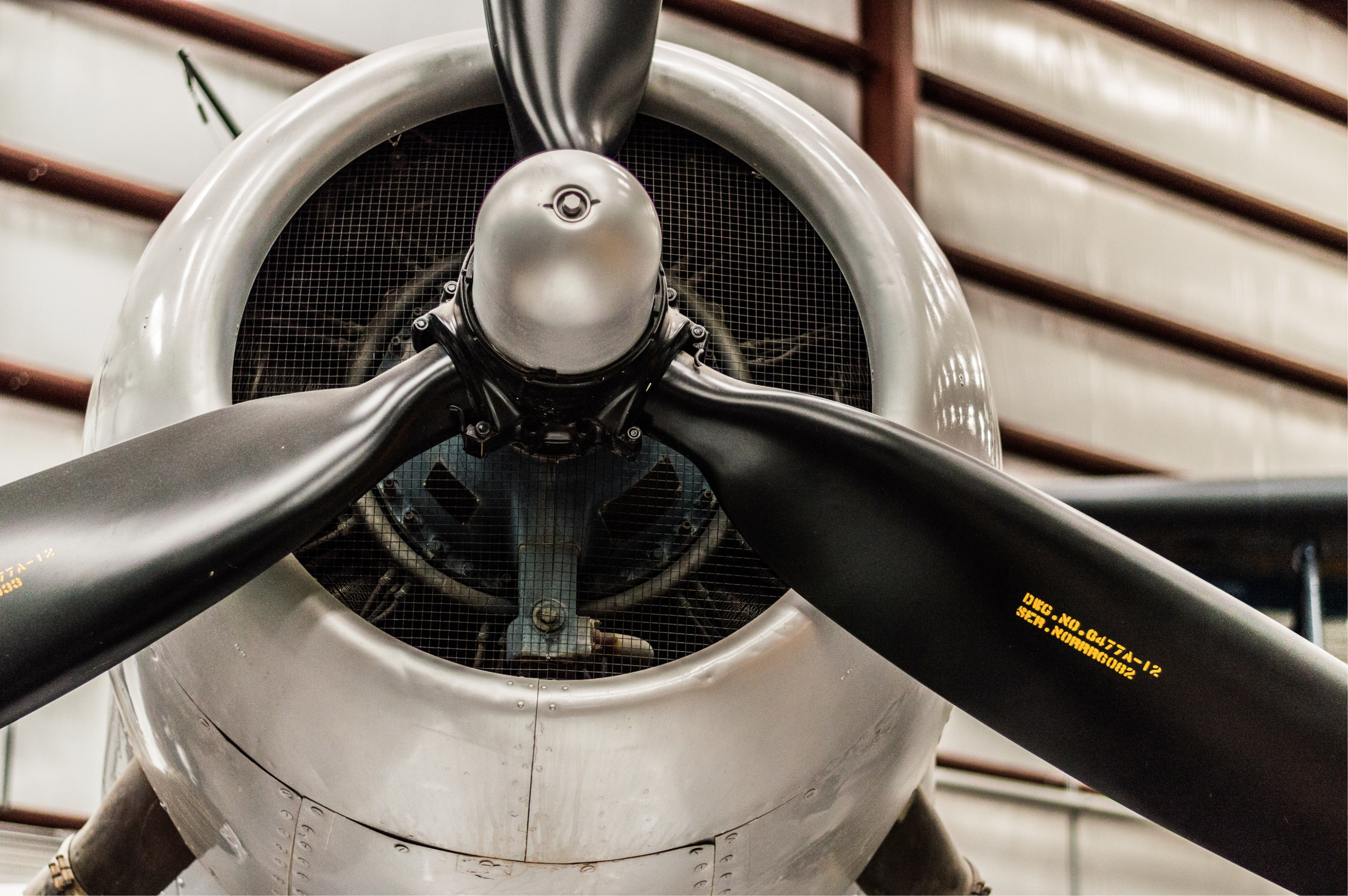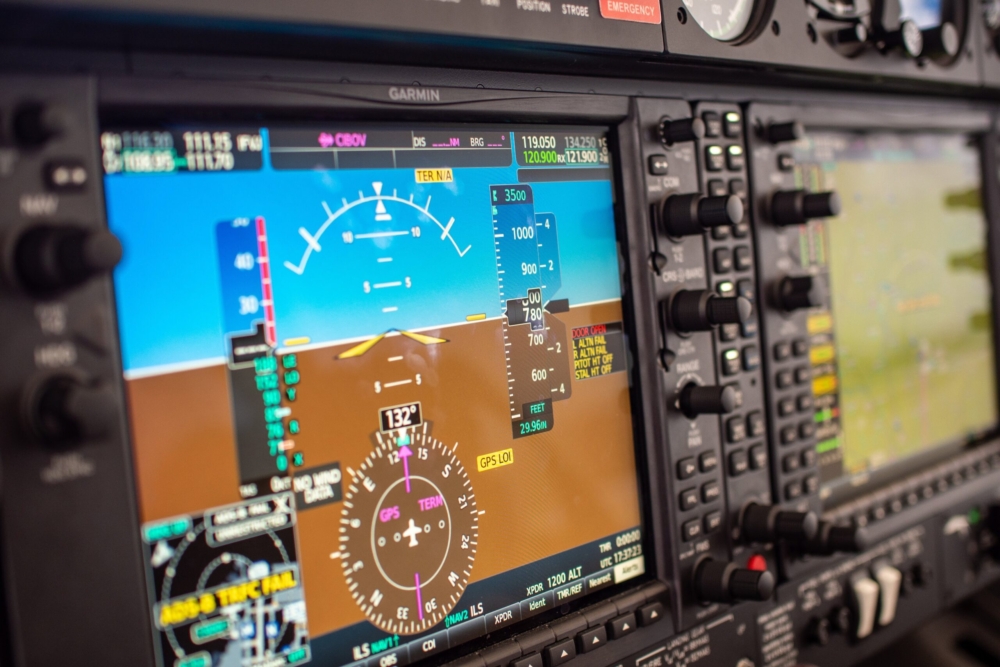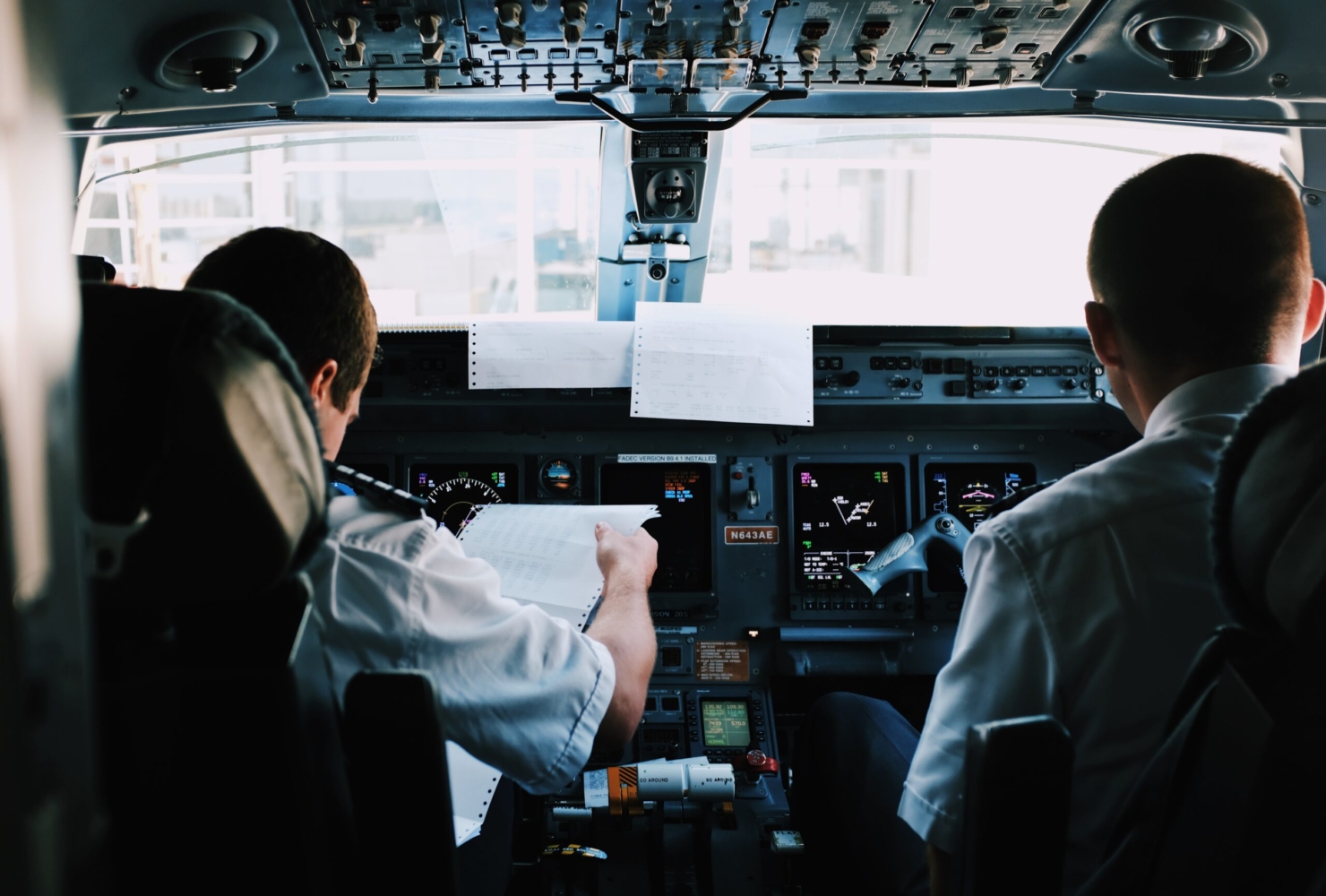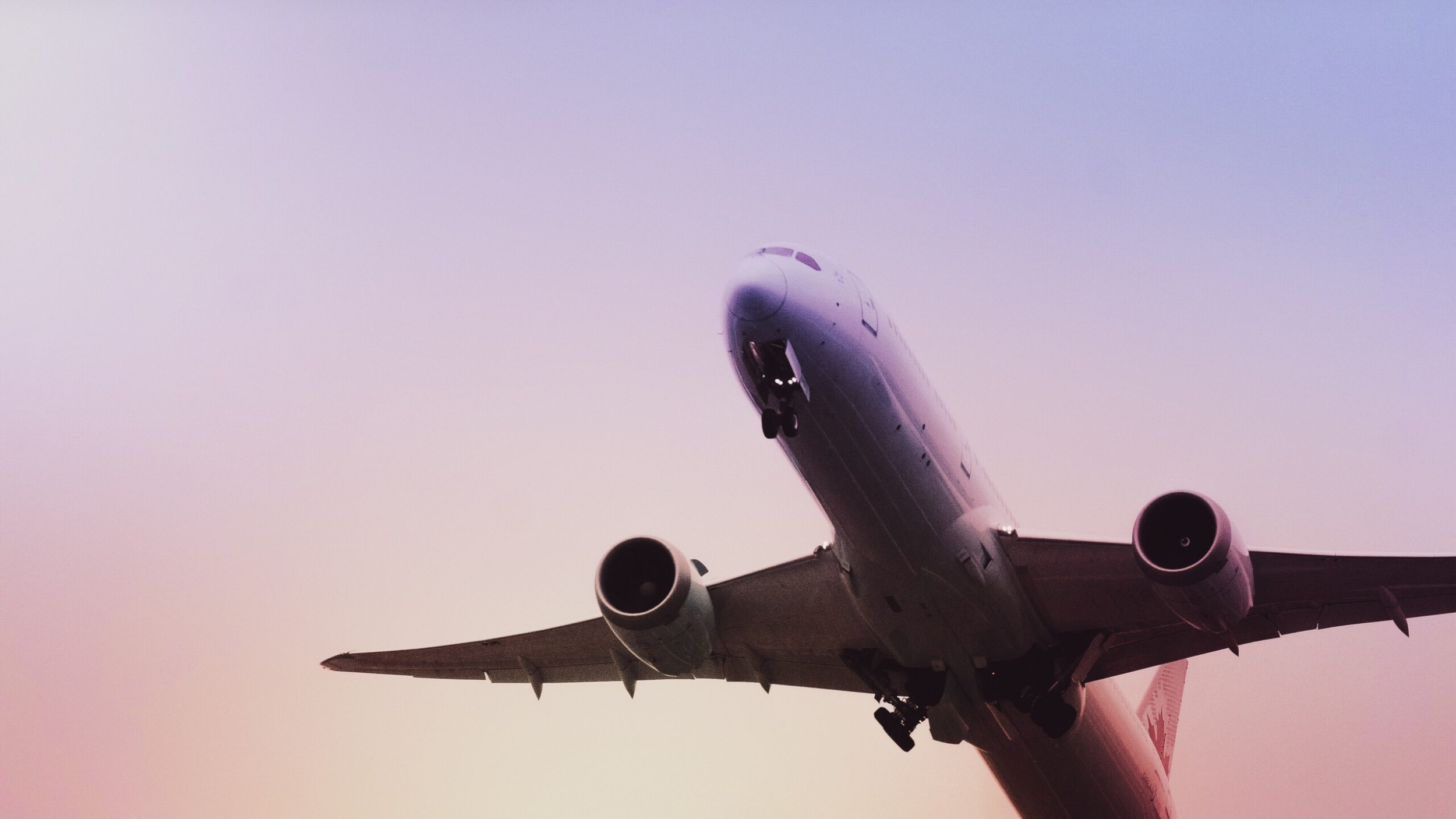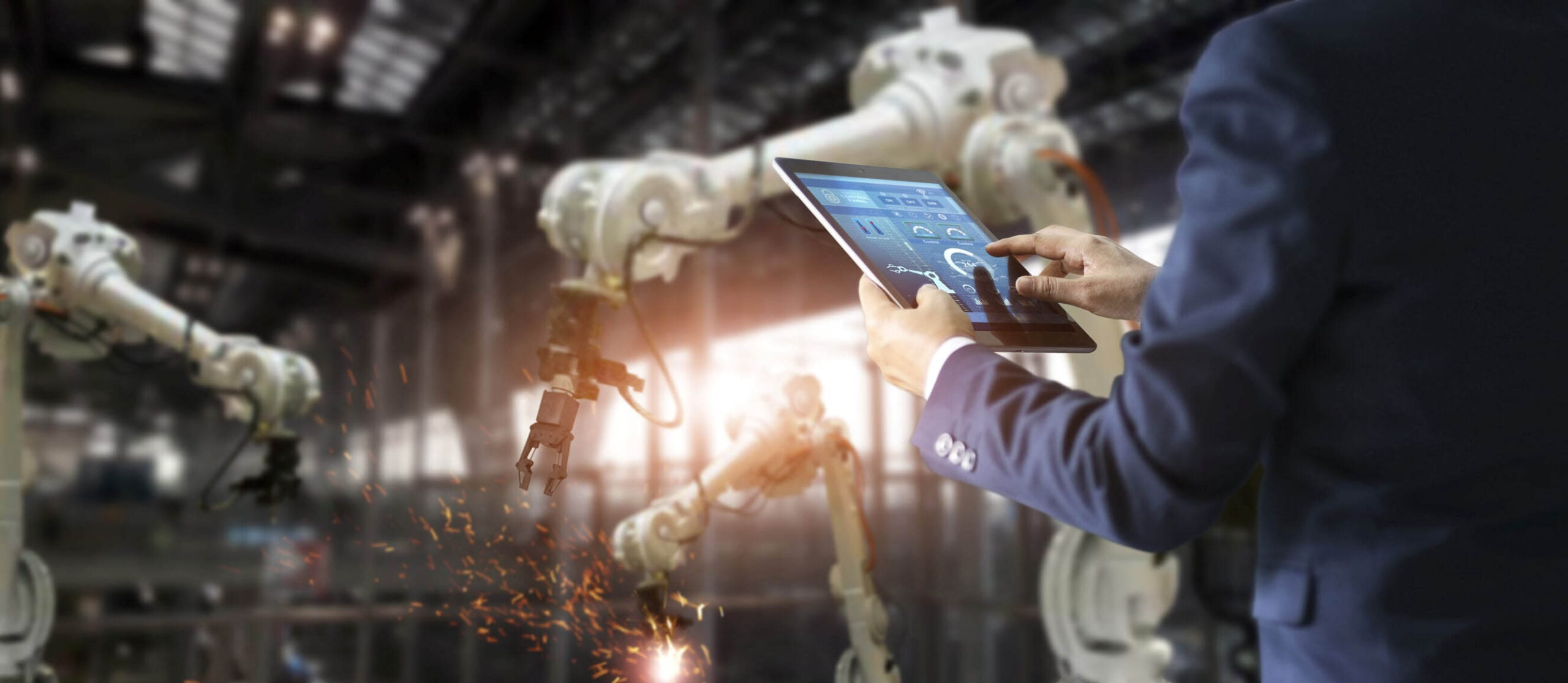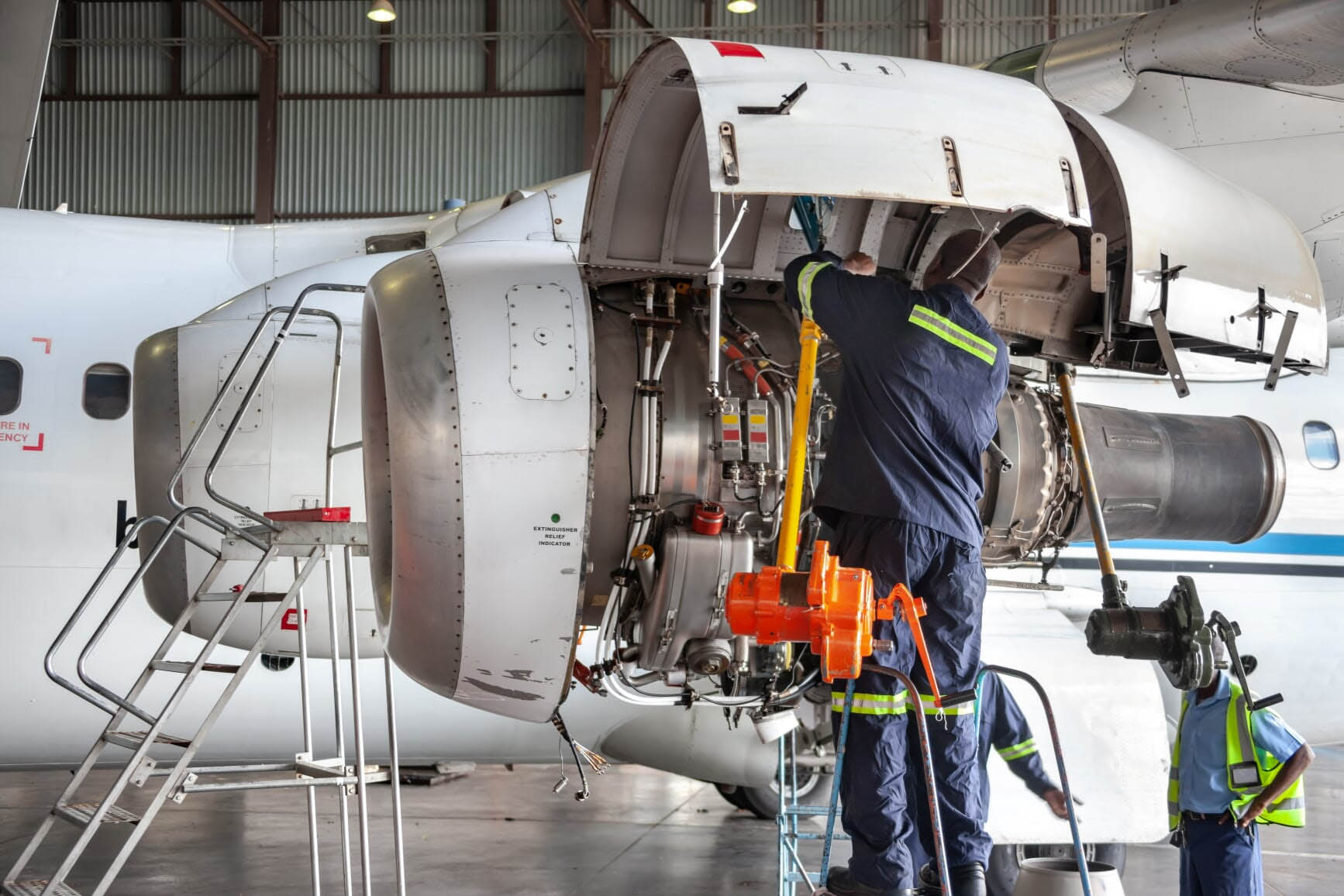Biggest challenges in the aviation industry
High demand for qualified workers
According to IATA forecasts, in 2037, the number of passengers worldwide will double compared to the present state and will amount to as much as 8.2 billion. Both passenger traffic and cargo air traffic are growing. This kind of growth is a forecast of a huge demand for new employees, including high profile specialists.
There are about 65 million jobs in the aviation and transport industry around the world, but this number will systematically grow – forecasts say another 100 million. The demand concerns employees of various levels – pilots and on-boarding crew, ground crew and mechanics. According to the ZDG TOR report, the demand for aviation technicians will increase to 769,000 worldwide. Aviation will need 804,000 of new pilots and 914,000 cabin crew members. Just in Poland, 40,000 people are already working in the industry and for its needs.
– In the context of human resources, the situation in the aviation industry is a big challenge. The dynamics of the growth of services in this sector, the increasing number of transport and passengers of airlines definitely exceeds the current possibilities of the labor market
says Marcin Opaliński, CEO of LS Airport Services and LS Technics.
Safety first
Sudden shutdown of the machine, as a result of an airplane malfunction, even if it is a minor fault, causes great complications for the airlines. Air traffic delays, parking charges, the need to reorganize flights for passengers or the need to pay compensation to passengers – these have great impact. At the same time, the aviation industry is characterized by high prioritization of passenger safety and protection, so every smallest defect must be repaired and the machine’s failure-free operation is thoroughly checked.
Punctuality and customer satisfaction
The average punctuality rate of Polish airports in June 2019 was almost 77%. Despite the fact that the result is 4.6% better than in the previous survey, it still does not satisfy many airline customers. Delays in the performance of one task disrupt the timeliness of the entire process and also triggers subsequent procedures to be completed.
Augmented solutions for the aviation industry
Assisted performance of tasks
Augmented reality supports employees involved in all production and production-related processes. AR Solutions allows to organize tasks and meet the set standards. It also allows to control quality, measure efficiency and adapt to changes implemented within various processes.
Work arrangements
A common problem in the aviation industry is related to the organization of work. Each employee has a lot of tasks to perform, and their number can lead to organizational chaos, resulting from inproper prioritization. It is visible on a macro scale in the final speed of performed tasks, processes and their quality.
AR Solutions allows to structure tasks of employees by scheduling and prioritizing them appropriately. The use of the Tasks module represented by Checklists and the use of AR glasses or a mobile application allows employees to work freely and at the same time fulfill the standardized procedures.
Through them, AR Solutions glasses and applications provide descriptive text and multimedia information about duties that employees have to take. They are shown directly on the object of action, i.e. in the real view in a step-by-step formula. This means that they can operate based on a procedure without having to refer to the paper versions of the manual.
Checklists guide the user through the process, enabling him to complete it completely and independently. This in turn increases the quality of the work performed and at the same time reduces the risk of making a mistake.
Possible implementations of augmented reality in the aviation industry
- Interactive employee trainings with an emphasis on practice and cooperation with other crew members.
- Supporting remote consultations in the area of servicing and repair or other aspects that require consultation with external experts.
- Improving work organization, thorough task planning, preparation of structured checklists and access to contextual information.
- On-boarding of new staff.
- Performance monitoring, productivity and quality enhancement.
***
The aviation industry is eager to implement augmented reality, recognizing the potential in the implementation of safety procedures, speeding up the reaction time, reduction of repairs and maintenance time, which at the same time reduces downtime of machines. The industry is also bringing new application areas for augmented reality. The implementation of AR in the aviation industry has a strong impact on error risk mitigation, maintenance services, as well as addressing staffing shortages and improving employee competences.
